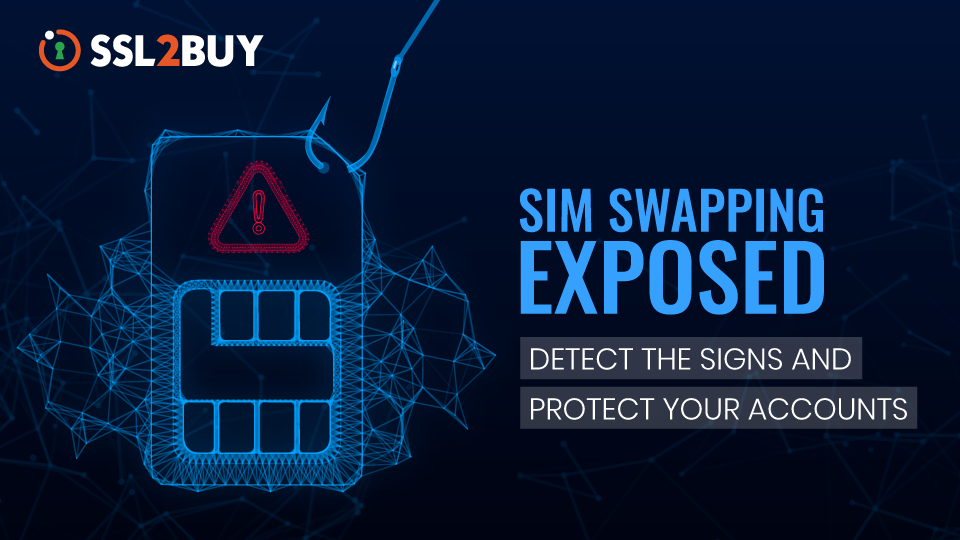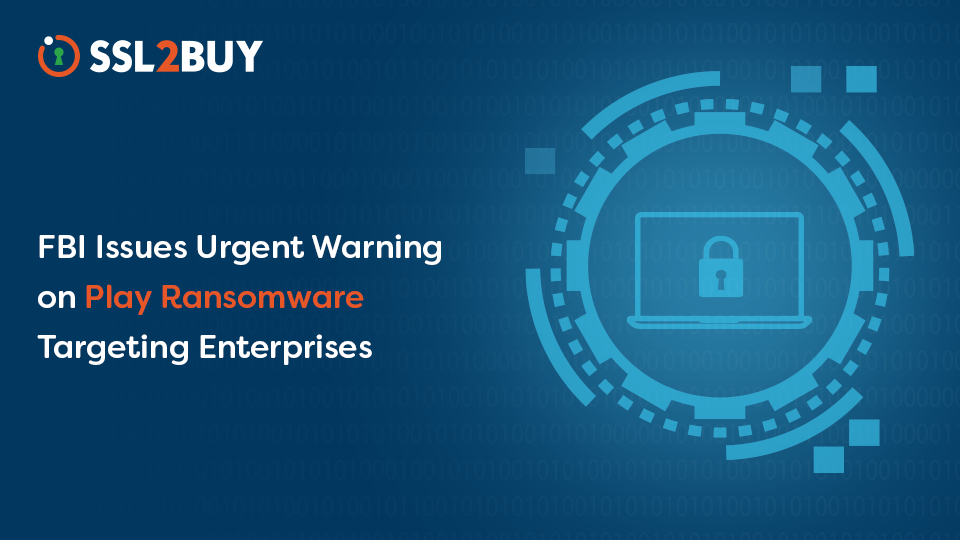
How to Tell If You’ve Been SIM Swapped: A Step-by-Step Guide
Sim swapping scams have exponentially increased in recent years, with the FBI reporting approximately $25.9 million in losses from 800 reported cases in 2024 alone. This increase isn’t just about money but represents a fundamental vulnerability in how we secure our digital lives.
Scammers try to hijack your phone number by convincing your mobile provider to transfer your number to their device. Once they get control of your number, they can reset your online account passwords, intercept verification codes, drain your bank accounts, compromise your social media profiles, and lock you out of your own accounts.
In this article, you’ll learn about what is SIM swapping, how sim swap attacks work, the warning signs of sim swap scams and most importantly, practical protection measures you can implement today.
What Is a SIM Swap?
SIM swap attack happens when a scammer convinces your mobile carrier to transfer your phone number to a new Subscriber Identity Module card they control. This process disconnects your phone number from your device and reconnects it to the scammer’s device. Scammers don’t need physical access to your current SIM card to carry this out. They manipulate the mobile carrier’s systems to reassign your number remotely.
All mobile carriers, by default, offer a SIM transfer service to their customers. In case of SIM card is damaged or the phone is stolen, customers can use their service to transfer their phone number to a new SIM card. However, this helpful service becomes dangerous when exploited.
The standard carrier process typically involves:
- Contacting customer service via phone, in person or online
- Providing personal identifying information to verify your identity
- Requesting activation of a new SIM card with your existing number
Scammers abuse this process by collecting victim’s details from data breaches, social media oversharing or phishing attacks. With these details, they contact your carrier pretending to be you and claim they’ve lost or damaged their phone. If they successfully convince the representative then your number is transferred to their control within minutes.
Often, SIM swapping and SIM cloning are misunderstood by a majority of people. SIM swapping involves transferring your legitimate phone number to another SIM card through carrier channels. Once complete, your original SIM card becomes inactive.
Whereas, SIM cloning involves creating an exact duplicate of your existing SIM card without deactivating the original. This attack is technically more challenging and requires specialized equipment to copy the unique identification number and authentication key from your SIM card itself.
Both attacks give criminals access to calls and texts meant for you but SIM swapping is generally easier to execute and has become the preferred method for scammers targeting two-factor authentication codes.
How Does SIM Swapping Work?
SIM swap attacks follow a well-planned step-by-step process that scammers have refined over time.
Selecting a target
Scammers do not select targets at random, they usually go after individuals who have something valuable such as access to sensitive accounts or digital assets such as cryptocurrency. This is the reason why most cryptocurrency investors, company executives and people who do a lot of online banking often end up in their sights.
Gathering their personal information
Once a target is selected, scammers try to gather personal information through multiple channels such as publicly available data, social media accounts, data breaches and public records. All this is done by Open Source Intelligence (OSINT) techniques along with phishing emails to trick you into revealing sensitive information. In some cases, attackers may use DNS poisoning to intercept or redirect communications
Contacting the SIM carrier
The scammer contacts your SIM carrier with your personal information and typically claims to have purchased a new phone or damaged their SIM card. Throughout this process, they use the collected personal information to answer security questions or provide identifying details that convince customer service representatives of their false identity.
Getting the victim’s number transferred
Once the SIM carrier is convinced, they deactivate your SIM card and activate the attacker’s new SIM with your phone number. As soon as this transfer completes, you lose service while the attacker begins receiving all calls and texts meant for you.
The success of SIM swaps often depends on vulnerabilities in carrier security protocols. SIM providers frequently rely on easily guessable security questions or minimal verification steps.
Warning Signs You’ve Been SIM Swapped
Recognizing when you’ve been targeted by a SIM swap attack is crucial for taking immediate action. Detecting these signs early can help minimize damage to your accounts and personal information.
- Sudden signal loss and the phone shows “No Service” or loses connectivity for no clear reason.
- No incoming calls or messages, even from known contacts.
- Account access issues and unexpected logouts or password reset alerts via email, often triggered by spear phishing attacks.
- Unfamiliar login attempts and security notifications from services you use, flagging new devices or locations.
Real-World Impact of SIM Swap Attacks
Cryptocurrency theft is one of the easiest targets for SIM swapping scammers. Once they gain control of a victim’s phone number, they can bypass authentication codes sent to reset passwords on crypto wallets and exchanges.
Back in 2019, Twitter’s CEO Jack Dorsey had his account hijacked through a SIM swap attack. Within minutes, offensive tweets were sent out to millions of his followers. A year earlier, crypto investor Michael Terpin faced a far more costly outcome when hackers took over his phone number and stole $24 million worth of cryptocurrency.
A major cryptocurrency exchange called Coinbase also faced numerous user complaints regarding SIM swap attacks. Likewise, another Pennsylvania woman lost $20,000 in cryptocurrency after scammers tricked T-Mobile customer service into transferring her number.
Groups like Scattered Spider have been known to use SIM swapping as part of their identity-based attack strategies. This highlights the risks posed by cybercriminals targeting both personal and business information.
Such attacks result in data breaches, exposing sensitive information and undermining customer trust for businesses. The aftermath for individuals often includes compromised private communications, embarrassing social media posts, and long-term identity theft concerns.
How to Protect Yourself from SIM Swapping
Protecting your mobile number from SIM swapping requires taking proactive steps now, so that you can save yourself from potential financial losses and identity theft later.
- Add a carrier PIN: Most mobile providers allow customers to add secure PIN for their number. This simple step creates a crucial barrier against unauthorized SIM transfers. For maximum security you can enable SIM PINs directly in your device settings.
- Limit personal info online: Oversharing personal details creates opportunities for criminals to gather information needed for successful impersonation. Details like your birth date, mother’s maiden name or first pet’s name frequently serve as security question answers. Certainly limit what you post about financial assets online as discussing cryptocurrency holdings or retirement accounts can make you a target for attackers.
- Be careful with links and unexpected messages: If you get a text or email claiming to be from your mobile carrier then take a moment to verify it. Especially if it’s asking for personal details. A legitimate provider won’t ask for things like your password or Social Security number over email.
- Check account activity regularly: Enable alerts for account changes with both your mobile carrier and financial institutions. Most providers can notify you when your bill is ready, payments are processed or plan changes occur.
SIM Swap Protection Best Practices for High-Risk Users
For those more likely to be targeted like founders, investors, influencers and IT admins, a few extra layers of security can go a long way:
- Use app-based or hardware-based authentication like Google Authenticator, Authy or security keys like YubiKey. They offer better protection than SMS.
- Enable login alerts to make sure all important accounts notify you of new logins or password changes.
- Review your account recovery options, as many services still default to SMS recovery. Update these to email or app-based options where possible.
- Businesses can use SIM swap detection APIs or monitoring services that can flag suspicious changes to phone number metadata.
What to Do If You’ve Been SIM Swapped
The first thing you should do once you discover you’ve fallen for a SIM-swapped attack is to call your carrier’s fraud department directly, not the main customer service line. Request that they freeze your account to prevent further changes and request to transfer back to your original SIM card. This typically requires visiting a physical store with photo identification. Alternatively, the carrier may issue a new SIM card entirely.
Immediately reset passwords for your email accounts first, followed by financial services, social media, and other sensitive accounts. Use a device not connected to your compromised phone number. Create entirely new and strong passwords. You should also contact your banks or financial institutions to temporarily freeze account access and cancel any unauthorized transactions made in the meantime. For cryptocurrency holders, transfer funds to secure wallets that are not linked to your phone number if you still have access.
File a report with local police and obtain a copy for your records. This documentation helps when disputing fraudulent transactions. You can also report the incident to the FBI Internet Crime Complaint Center and the Federal Trade Commission.
Conclusion
SIM swap attacks pose a serious risk not just to individuals but also to businesses that depend on mobile numbers for authentication and communication. The risks will persist as long as SMS remains an alternative channel for logging in. Gradually moving toward more secure methods of authentication and minimizing the exposure of personal information while maintaining and observing the account, can help lower the chances of an attack. For businesses, it’s just as important to invest in reliable user verification tools and strengthen telecom security. SIM swapping often succeeds because of small oversights — both in systems and in habits. Addressing those weak spots now can make a big difference down the road.




